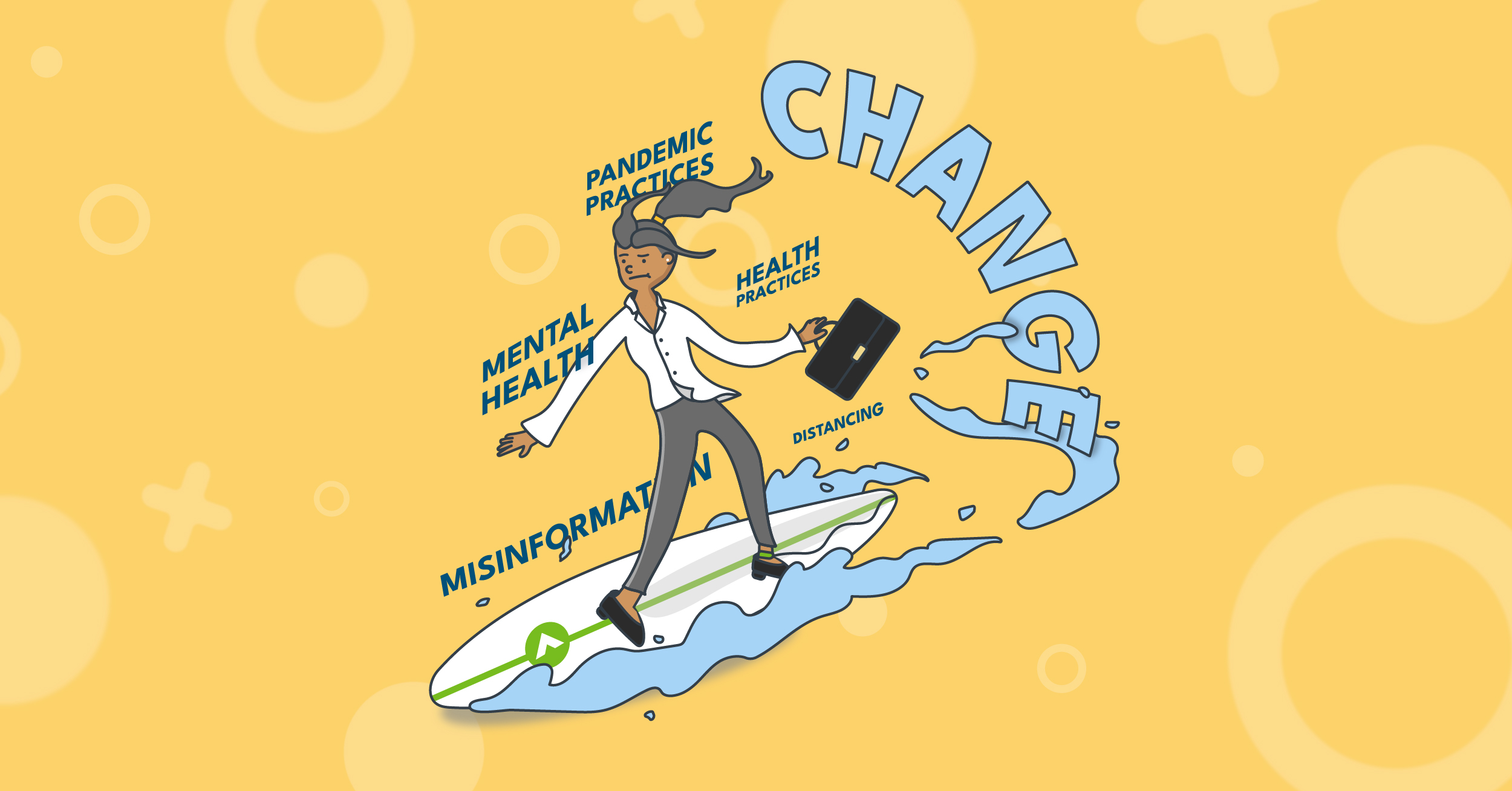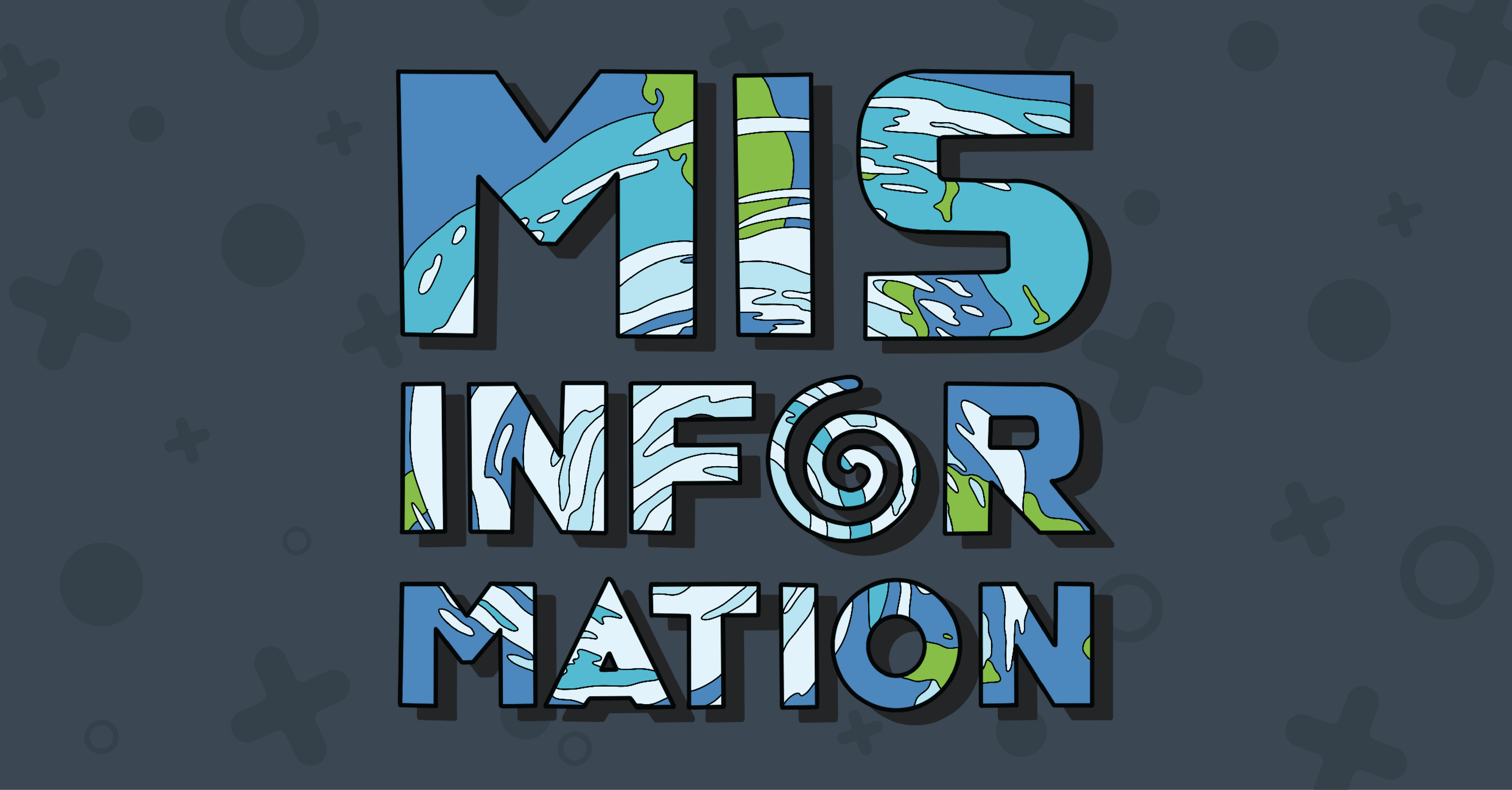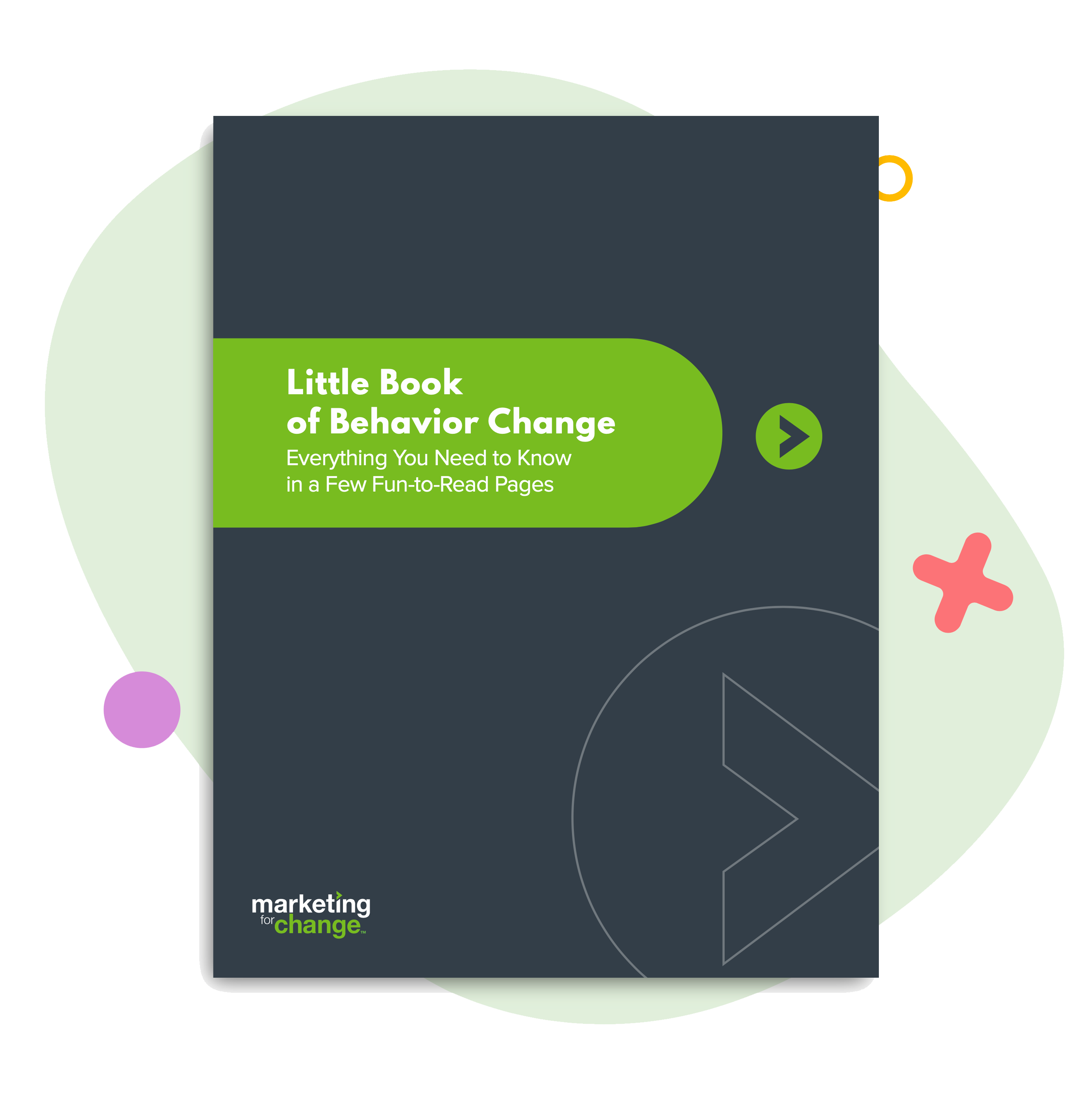
How the Pandemic Changed Public Health Marketing
We live in an era where you can say “remember the time before” and people know what you are talking about. The COVID-19 pandemic changed a lot – from how we work to how we socialize to how we think about our own health. How we approach public health marketing needs to change as well.
In the time before, we worked with the Florida Department of Health in 2008 on a campaign to prepare people for the potential of a flu pandemic. But at the time, for everyone who wasn’t an expert, the threat of a pandemic was so foreign and perceived to be so unlikely that we couldn’t even mention the word “pandemic” without audiences tuning us out. So we launched what is now known as the Fifth Guy campaign that instead of playing up the risk of a pandemic focused on something that did matter to people – fitting in.
With research showing 1 in 5 people washed their hands after using the toilet, the campaign took a page from popular TV and featured a central character who became the proverbial fifth guy who practices poor hygiene at his office and suffers the immediate social consequences. Take a look here. It focused on showcasing the norm of handwashing and extending that norm to covering coughs and staying home while sick. The campaign was highly successful with a post-intervention survey showing an increase in all our target behaviors by those who were exposed to the campaign. It went on to be adopted by other states including Idaho, Missouri, Maine, New York, several counties in Ohio, and the cities of Sacramento and Los Angeles. It even won an Emmy.
But just because this campaign worked then doesn’t mean it would work now. For one thing, many adult workers now spend as little time at the workplace as possible. For another, sixty-second spots are way too long for today’s attention spans. But most importantly, the way we think about our own health behaviors is different and what used to be common societal norms are more polarizing than ever.
As our society changes, as people change, our strategies for public health communication must change as well. Here are the big changes we’ve seen and are tracking in all our public health work.
1) Misinformation in public health. Misinformation is no longer something that you may need to take into account in your public health campaign – it’s ever present and impacts almost all public health messages. There are strategies that are working such as inoculation (preparing people for misinformation), using trusted sources, and fluency (the easier a message is to understand the more likely people will believe it’s true). But right now it’s an uphill battle that is ongoing and needs to be considered in any public health campaign.
2) Increased awareness of individual health behaviors. The pandemic threw the 20-second handwashing rule into the public narrative. The messages on social distancing made people highly aware that being close to other people increased their chances of contracting a disease. And it made mask wearing a known (and highly divisive) practice to prevent the spread of disease. With this increased awareness our messages around them need to adjust as well.
3) Spotlight on mental health. While physical health (are you bleeding, vomiting or do you have a fever?) used to be the markers for “health”, mental health is now more accepted as “health”. Workplaces allow for mental health days and narratives around self-care are prominent. Public health messages normalizing help seeking are moving beyond suicide prevention and utilizing smarter strategies to decrease the stigma around mental health. See our recent white paper on behavioral insights when marketing the new national 988 helpline.
4) Division. The United States is highly divided. The wrong word or phrase can turn off one side or the other. This can’t be ignored in public health communications. If done right, designing your messages for specific audiences can help amplify and make your messages more resonant and effective. It’s not just words either, it’s the sources people trust and the messenger or those messages. There must be consideration for who is delivering the message for each of your audiences.
Yes, the pandemic changed us. And while we’re living in the “new normal”, the reality is it will keep changing. As public health marketers, we need to adapt and change as well.

Karen Ong Barone is Principal + Executive Creative Director at Marketing for Change.





